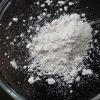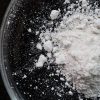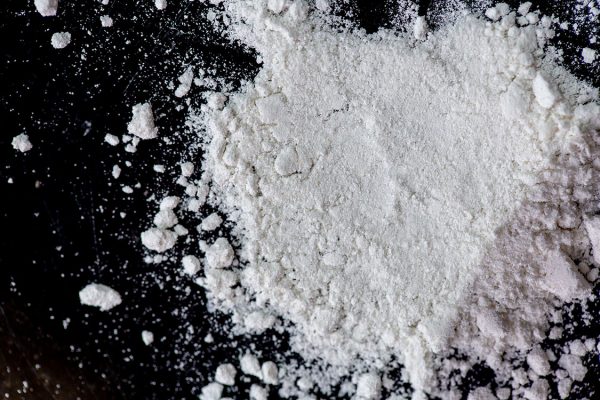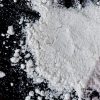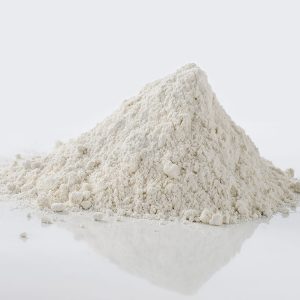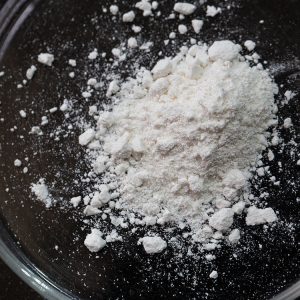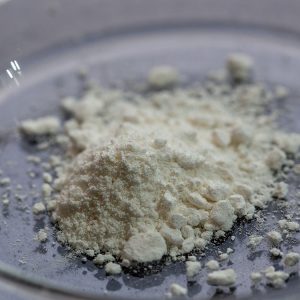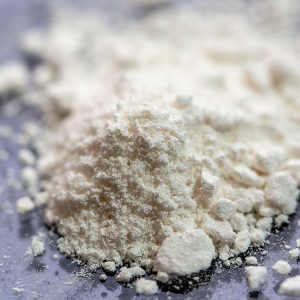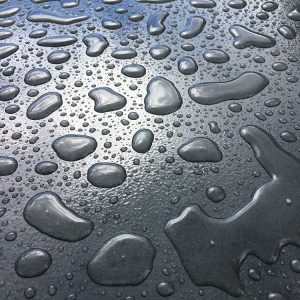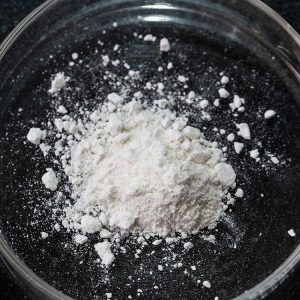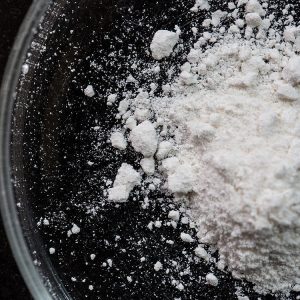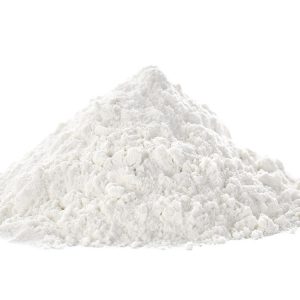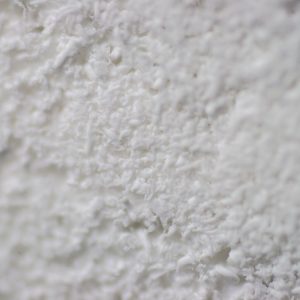Product description
VINNAPAS® 8031 H (VINNAPAS® RI 551 Z) is a terpolymer powder of ethylene, vinyl laurate and vinylchloride that is dispersible in water.
Properties
Compounds modified with VINNAPAS® 8031 H (VINNAPAS® RI 551 Z) exhibit improved adhesion, flexural strength in bending, deformability and abrasion resistance and are easier to process. As a result of the resin’s unique properties compounds modified with VINNAPAS® 8031 H (VINNAPAS® RI551 Z) provide long and lasting water repellency on alkaline building materials and significantly reduced water absorption. VINNAPAS® 8031 H (VINNAPAS® RI 551 Z) contains a fine mineral filler as an antiblocking agent. It is freeof solvents, plasticizers and film-forming agents.
Special Features
VINNAPAS® 8031 H (VINNAPAS® RI 551 Z) has no effect on rheological properties and is a hydrophobizing powder in the lower Tg range. It is very suitable for formulating compounds that must exhibit good water repellency. Optimum water repellency is obtained at a pH > 7.5.
Application
Typical applications for VINNAPAS® 8031 H (VINNAPAS® RI 551 Z) not only for blending with inorganic binders, such as cement, anhydrite, waterglass, gypsum plaster and hydrated lime for the manufacture of plasters, joint mortars, troweling compounds and structural adhesives, but also as the exclusive binder for the manufacture of plasters, powder coatings, and adhesives.
Processing
For the production of ready-mixed powders, such as dry mortars, adhesives and troweling compounds, blend VINNAPAS® 8031 H (VINNAPAS® RI 551 Z) with the other dry ingredients in appropriate equipment. Temperatures should not be allowed to rise excessively during mixing because otherwise the dispersible polymer powder could agglomerate and lead to the formation of small lumps of resin. The mortar or troweling compound is prepared for use by adding the recommended amount of water and mixing by hand or machine. Since hand mixing generates little shear force, we recommend allowing the fresh mortar to slake for 5 minutes and then stirring it again. This is usually unnecessary where mechanical mixers are employed.

